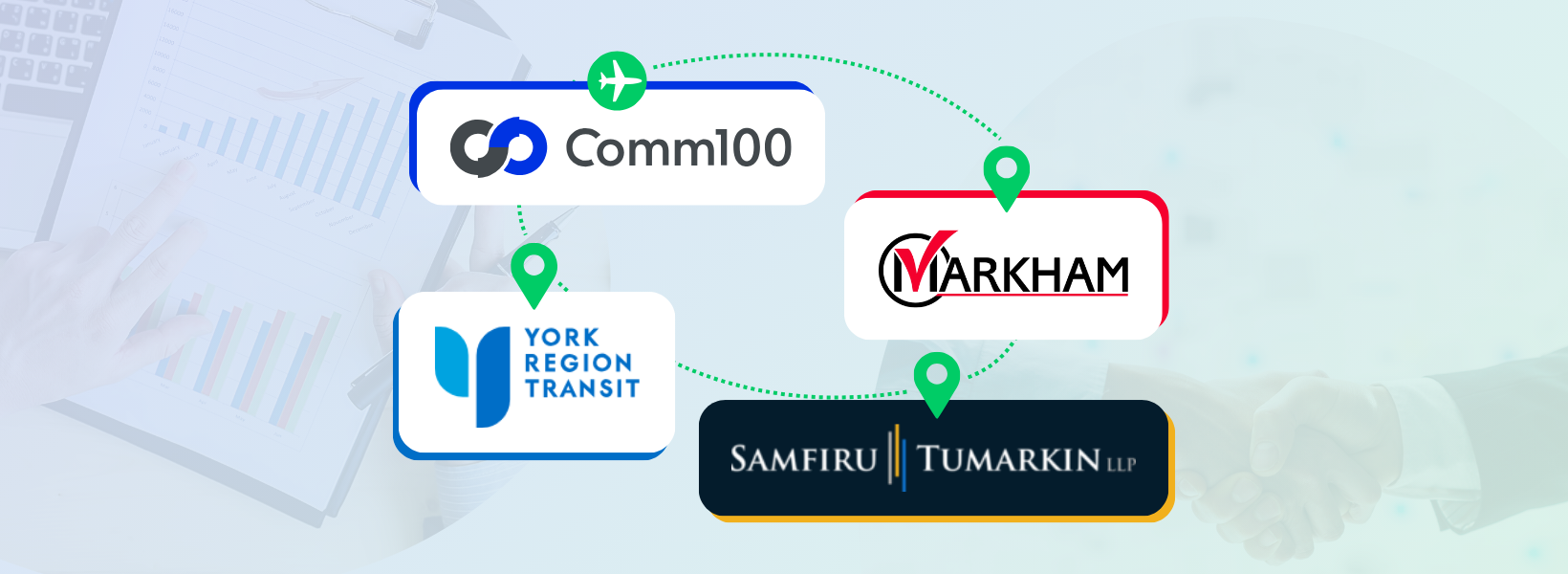The modern global consumer is impatient, specific about their needs, and more than willing to jump ship to go to another brand if you fail to impress them immediately. It’s all the product of the on-demand economy, which has come to dominate across industries and has forced organizations to rethink the way they do business and provide customer service.
If you want your brand to thrive in the modern market, you’ll need to know how to pivot your customer service practices to give your target consumers what they want ASAP. Let’s break down how you can do just that now.
What are on-demand economies?
On-demand economies are the natural evolutions of today’s tech-heavy, consumer-focused markets. In a nutshell, an on-demand economy prioritizes providing consumers with what they want when they want to.
An on-demand economy also offers personalized products and services wherever possible to succeed in sales and utilizes advanced systems to coordinate vendors and clients. It heavily utilizes digital technology products and services to cater directly to customer needs
In many ways, on-demand economies are only possible because of recent developments in tech and manufacturing industries around the world. But the recent pivot toward on-demand services has paid dividends for those companies that have adopted this economic model.
Uber is one easy example. The ride-sharing giant offers on-demand transportation anywhere in a consumer’s local area. Other examples include media streaming websites like Netflix, grocery delivery companies such as Instacart, and more.
Tech industry developments for new demand
The tech industry overall has also pivoted toward on-demand economic products and market models in recent years. This has been bolstered by the focus on company apps, in-app services, and personalized customer data profiles to help companies better tailor their services and products to their target audiences.
Additionally, many startups in the tech industry have leaned in toward on-demand services so hard that their entire business models fixate around giving their consumers what they want when they want it at all costs. This is doubly true for so-called micro-businesses, which make up 92% of all businesses in the US.
Nowhere is this more apparent than in the sphere of customer service.
On-demand customer service, whether it’s through online chat or other platforms, is now an expected and staple part of any modern tech company. Any enterprise that wants the loyalty of its current customers and to attract new long-term customers must provide on-demand customer support across the whole customer lifecycle.
How to adjust customer service practices for the on-demand economy
Your enterprise can also jump into the on-demand economic philosophy by adjusting its customer service practices. Fortunately, there are multiple ways to change how you offer customer service for on-demand satisfaction.
1. Leverage instant-response CS solutions
For starters, you can and should start leveraging instant response customer service solutions and technologies for those who visit your website, use your products, or contact your company for technical help.
Chatbots are great examples. These automation tools have been around for decades at this point, but only recently have they become sophisticated enough (in large part thanks to machine learning) to be useful for most companies.
Chatbots give customers instant responses to their customer service solutions. In many cases, chatbots can direct customers to FAQ pages, knowledge bases, or other self-service solutions.
2. Offer 24/7 customer service – even for customers abroad
You can also provide on-demand customer service in the most literal sense: by providing 24/7 customer service channels for your customers around the globe. In some cases, this may involve hiring individuals in other countries to serve as your CS specialists. But it may be well worth it in terms of the customer loyalty you may inspire in your target audience.
24/7 customer service is also practically necessary if you have an international audience already. Your customers in Europe won’t accept the fact that you are based in the US as an excuse for why you can’t support them when they have major technical problems.
You don’t have to provide 24/7 customer service through all of your CS channels. But at least having 24/7 customer service chat or email support is a great way to increase engagement and reach.
3. Provide self-help solutions
Self-service is the gold standard for modern tech companies, and for good reason. When you provide self-service or self-help customer support solutions to your consumers, you:
- Allow them to handle their tech support on their own time
- Save money since you have to hire fewer in-person customer support specialists
- Allow customers to go on a personal journey as they experience your brand
Self-help customer support solutions can include FAQ pages, knowledge bases, in-depth tutorials, and more.
For example, if a customer has a question for your company, they may be able to find an answer to that FAQ on a dedicated page that includes detailed explanations to the top ten most frequently asked questions for your products. This is much faster than the same customer having to contact a customer service agent and wait for ten minutes to a half-hour on the phone.
Because all of these records and resources are supported on servers, customers can access them whenever they like: it’s the very definition of on-demand customer service without ever having to talk to a real customer service agent.
The more technical or complex your products and services are, the more necessary FAQ pages and tutorials are as well.
Odds are your company already has several social media profiles for interacting with your customers, boosting brand awareness, and partaking in social media marketing campaigns. You can also use your social media profiles (and any managers who run the profiles) to act as customer service gateways “in the field”.
For example, letting your customers know they can reach out to you on Facebook may cause some of them to post on your Facebook profile’s page about a technical or customer support question. This is a great way to handle basic problems or to direct customers who need technical assistance to the right channels. In this way, you won’t lose the customer due to a lack of interaction or a perceived uncaring attitude.
5. Develop omnichannel engagement strategies
“Omnichannel” customer service is the norm in the tech industry, which involves communicating with your customers and providing support through multiple channels. These include online forums, live chat, social media platforms, phone calls, and even text messages.
Generally, the more channels you provide for customer service, the more of your consumers you will retain when they run into a problem or have technical issues. This may also bolster your brand’s reputation in the long run. Customers who are satisfied with your customer service or who find it easy to contact your CS team may spread the good word about your brand and responsiveness in the future.
Lastly, you can and should use the personalized data and tools already in your toolkit (like CRM platforms) to personalize your relationship and help your customer service agents provide five-star assistance to your consumers.
CRM platforms and other tools can help your customer service agents:
- Know whether a customer has had a problem multiple times in the past
- Know how best to deal with a specific customer’s personality
- Determine where the customer should be directed quickly
Summary
In the end, the on-demand economy has changed the way tech companies do business in all aspects, ranging from manufacturing to product testing to customer service and more. Shifting your customer service practices to reflect the desires of modern consumers is the best way to ensure that your customers stick with your brand over many years to come.






